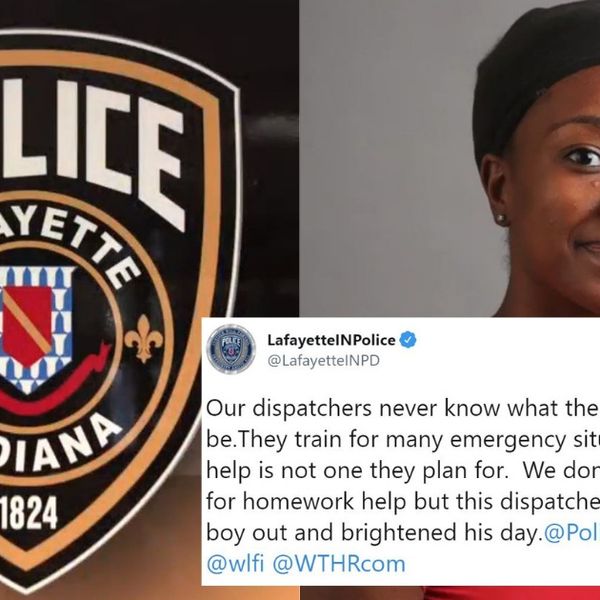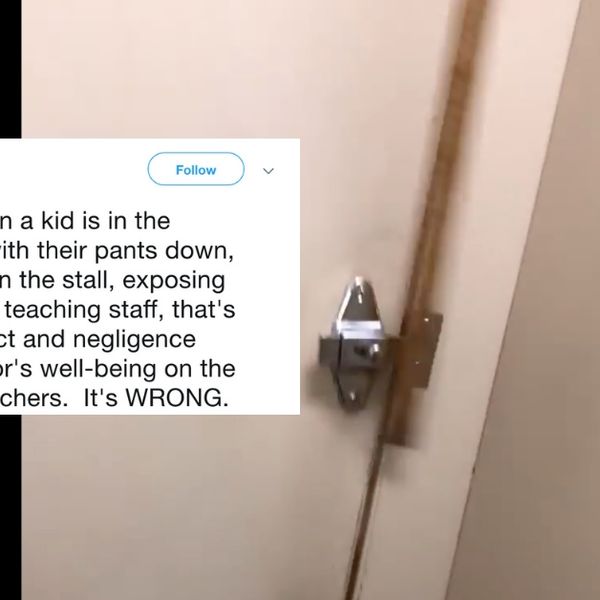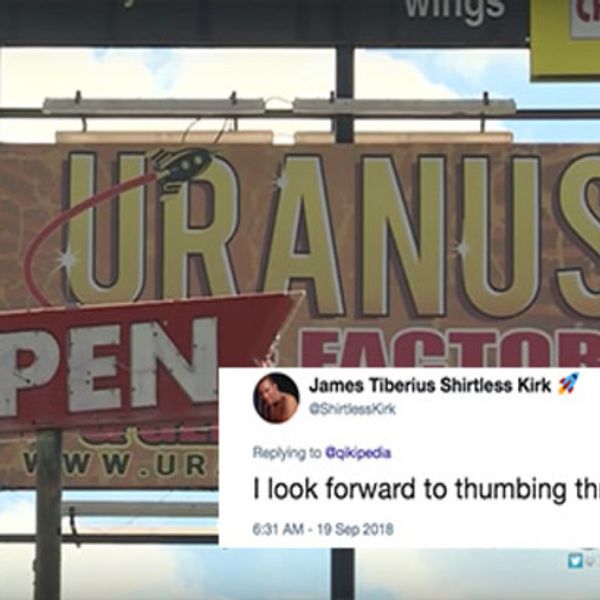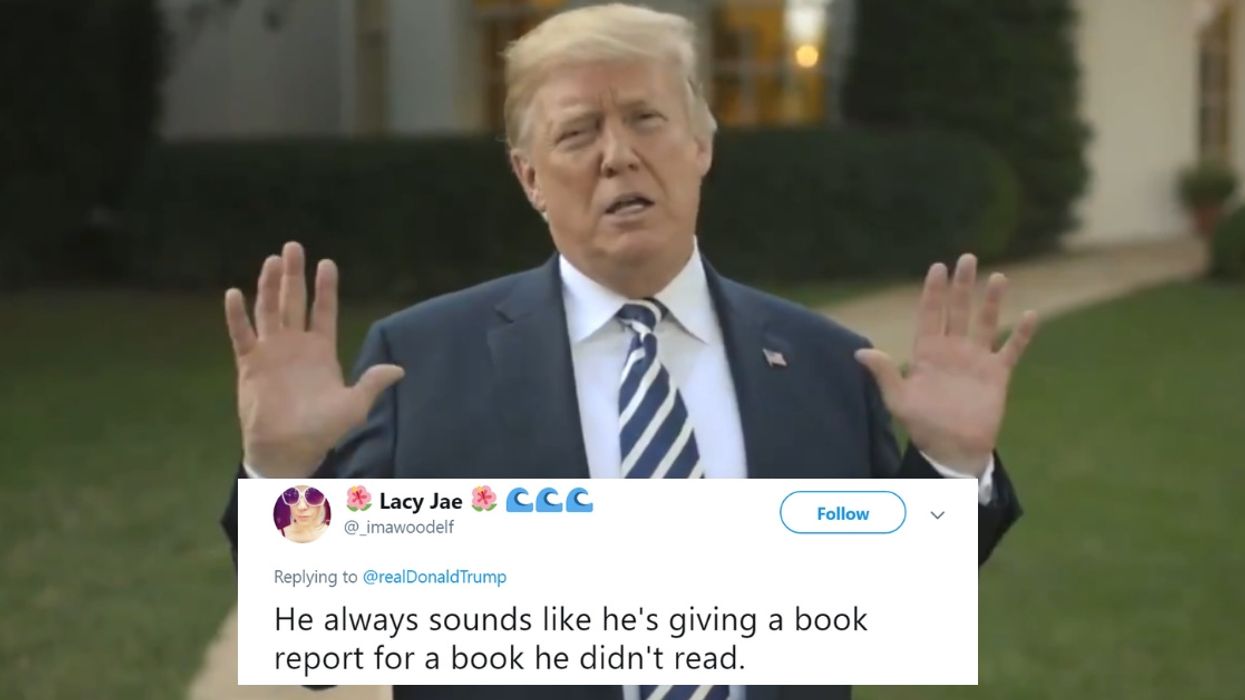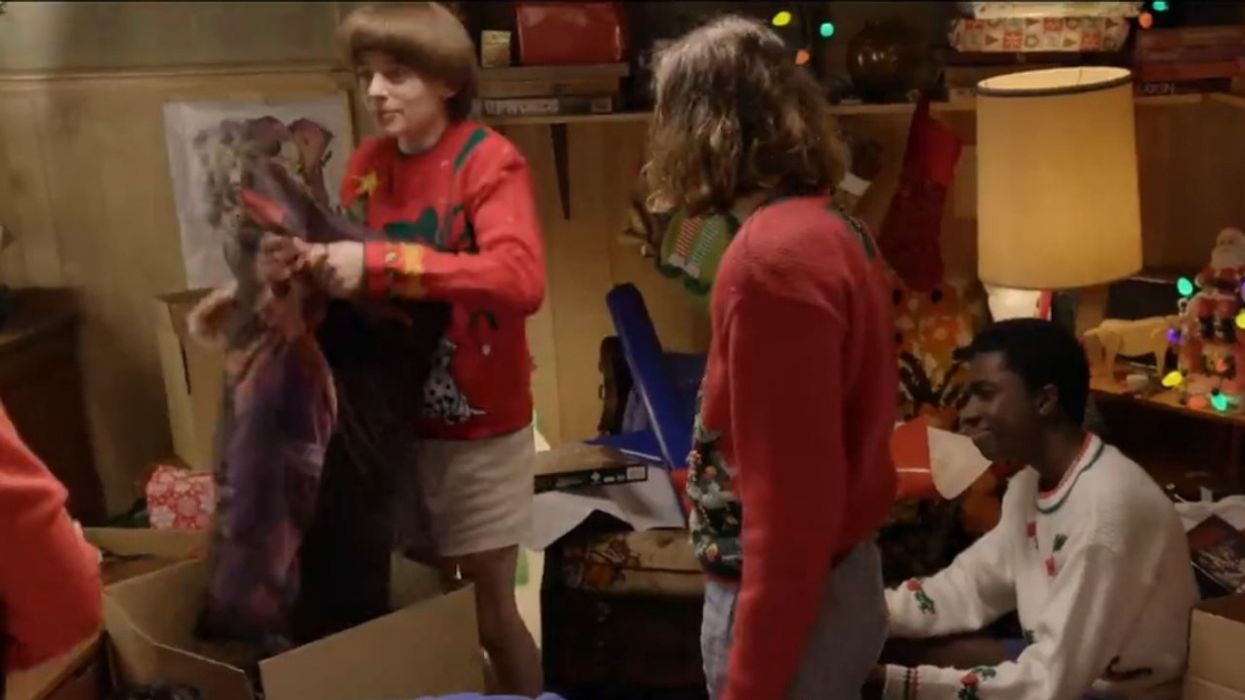October, 2002, LOS ANGELES - September was a month rich with resonance from the past. The shock and terror of a year ago still haunts us with silent anxiety. The media, though, was not so quiet. The air was filled with reminders of the horrors of September 11, 2001. There were for me, however, other reminders of other events from history that brought a larger context.
The month began for me with a visit to Sacramento, California. The trip took me back to another kind of horror that occurred almost sixty years ago. I went to my state capital for a reunion of the people interned during World War II in the American internment camp for Japanese Americans in northern California called Tule Lake. That was one of the two camps in which my family and I were incarcerated simply because of our Japanese ancestry. I was the keynote speaker at the reunion banquet. I spoke of my childhood memories of my years of confinement at Tule Lake. I also spoke of the power of our American democracy to learn from and heal the wounds of its past errors. Where else is there a government where the victims of the violation of our civil liberties can initiate a process for redress, with the effort led by Japanese American legislators in the U.S. Congress who themselves had been incarcerated? Where else is there a nation with its Constitutional principals set so shiningly high that its history has been a constant work-in-process? To the elderly people there at that banquet with memories of internment and to the younger people there with searching, inquiring minds about that history, I made the point that ours is a participatory democracy that calls for and is crucially dependent on the involvement of good, principled citizens.
 My next trip was to Hawaii. This one took me a few more months further back into history. It was here in Oahu that the attack that precipitated the war occurred at Pearl Harbor. That attack also ignited the hysteria that put Japanese Americans into those internment camps. I had the honor of serving as co-master of ceremonies, together with the first Miss Universe from Hawaii, Angela Baraquio, of a concert called the Aloha Peace Concert. The program was dedicated to world peace sponsored by the International Committee of Artists for Peace. The featured performers were the great jazz artists, pianist Herbie Hancock and saxophonist Wayne Shorter. The show was a huge success and played to a sold-out house.
My next trip was to Hawaii. This one took me a few more months further back into history. It was here in Oahu that the attack that precipitated the war occurred at Pearl Harbor. That attack also ignited the hysteria that put Japanese Americans into those internment camps. I had the honor of serving as co-master of ceremonies, together with the first Miss Universe from Hawaii, Angela Baraquio, of a concert called the Aloha Peace Concert. The program was dedicated to world peace sponsored by the International Committee of Artists for Peace. The featured performers were the great jazz artists, pianist Herbie Hancock and saxophonist Wayne Shorter. The show was a huge success and played to a sold-out house.
The irony, however, of a peace concert in the city where an historic war began was compelling. Herbie, Wayne, and I, together with members of the International Committee of Artists for Peace, made a pilgrimage to the Arizona Memorial at Pearl Harbor. The Hawaiian afternoon was bright and sunny but the atmosphere was solemn as a special U.S. Navy barge took us out to the Arizona Memorial where 1,177 sailors are entombed in the sunken ruins of the battleship, USS Arizona. Floral wreaths had been prepared for us to present to those who perished in the devastating surprise attack. My wreath was on behalf of the Japanese American National Museum. I approached the marble wall etched with the names of those sailors whose bodies lie in the waters just below us. It was these men -- most of them mere boys -- who made the ultimate sacrifice so that we could be there advocating for peace. It was a deeply moving experience.

 My final trip of the month was to Washington, DC and the autumn Board of Trustees meeting of the Japanese American National Museum. We had recently become an affiliate of the Smithsonian family of museums, so we scheduled this meeting in a conference hall at the National Museum of American History on the great mall. This trip was also an opportunity for me to connect with more current history.
My final trip of the month was to Washington, DC and the autumn Board of Trustees meeting of the Japanese American National Museum. We had recently become an affiliate of the Smithsonian family of museums, so we scheduled this meeting in a conference hall at the National Museum of American History on the great mall. This trip was also an opportunity for me to connect with more current history.
 The Memorial to Japanese American Patriotism during World War II had recently been completed near the Capitol building. The Memorial is made up of a long granite wall with the names of the 10 internment camps and the number of people incarcerated in each. Further down the wall are the names of all the Japanese American soldiers who died fighting for this country in World War II. In the center of the plaza is a sculpture of two cranes caught up in a tangle of barbed wire struggling to reach for the sky. The names of the two camps where I, together with my family, was incarcerated, Rohwer in Arkansas and Tule Lake in California, happened to be placed right next to each other. The irony and the power of this newest of monuments in our national capital is deeply personal to me as well as gravely important to our nation.
The Memorial to Japanese American Patriotism during World War II had recently been completed near the Capitol building. The Memorial is made up of a long granite wall with the names of the 10 internment camps and the number of people incarcerated in each. Further down the wall are the names of all the Japanese American soldiers who died fighting for this country in World War II. In the center of the plaza is a sculpture of two cranes caught up in a tangle of barbed wire struggling to reach for the sky. The names of the two camps where I, together with my family, was incarcerated, Rohwer in Arkansas and Tule Lake in California, happened to be placed right next to each other. The irony and the power of this newest of monuments in our national capital is deeply personal to me as well as gravely important to our nation.
At the conclusion of our board meeting, our Museum hosted a symposium addressing the aftermath of September 11th. The participants were Secretary of Transportation Norman Mineta, who happens also to be a trustee of our Museum, and photojournalist Stan Honda, who captured some of the iconic images of the horrors at the World Trade Center on that devastating day. I served as the moderator. Intrinsic to any discussion of September 11th by Japanese Americans is dialogue weighing civil liberty with national security. The generational perspectives brought to the discussion by Secretary Mineta, who had himself been incarcerated during the World War II and Honda, who had not yet been born at the time, added another dimension to the discussion. Nevertheless, there was agreement that our government made a severe Constitutional error then and that Japanese Americans have a singular responsibility to do all that we can to prevent that from being repeated with another group of people just because they happen to "look like the enemy."
The travels of September took me on a time journey from the immediate history of a year ago to those of more than six decades past, then full circle round back to a discussion on the responsibilities we bear as Americans today. We must not forget the lessons from our history. It was a full and thought-provoking month of travels.
People Are Roasting Trump Over His Mind-Numbing Observation About The Wetness Of Water 😂
Donald Trump thanked the first responders who came to the aid of victims of Hurricane Florence. The storm devastated portions of North Carolina, dumping massive amounts of rain and damaging millions of dollars in property. Many natural areas were destroyed, some farmers lost everything and more than a few people have been left homeless. The first responders after this massive storm were literal life savers, and Trump was absolutely right to thank them. Unfortunately, the sentiment of his message was lost for many people because he didn't seem to put any effort or preparation into what he was saying. Then, in the middle of his off-the-cuff message, he confused everyone by talking about the wetness of water.
As Trump described the storm and the importance of first responders he told the world:
This is a tough hurricane, one of the wettest we've ever seen from the standpoint of water. Rarely have we had an experience like it and it certainly is not good.
The Tweet went out in the middle of the day on Tuesday, September 18th. At the time of this article, it hasn't even been up for 24 hours and already has over 13,000 comments. Many of them pointed out how Trump didn't even seem to try...
and how asinine his description was.
We don't know if Trump will continue to address the public by releasing these kinds of videos, or if they will continue to be as unrehearsed as this one is. We assure you, if they are, Twitter will have plenty to say about it.
H/T: Huffington Post, Twitter
The Kids From 'Stranger Things' Wrapped Presents For Superfans—And Did A Delightfully Terrible Job 😂
When it comes to giving gifts, not all celebrities are as crafty as Taylor Swift, but that didn't stop the adorable stars of Netflix's Stranger Things from giving it a try.
In a recently released video from Netflix, actors Millie, Finn, Noah, Caleb, Gaten, and Sadie got together for some holiday cheer and to wrap gifts for fans. But kids will be kids, even if they star in a hit television show. Watch as chaos ensues.
Fans loved every moment, even if the kids weren't the greatest wrappers.
@Stranger_Things I love seeing them mess around with each other.— Abby! (@Abby!) 1545318707.0
@doublejoywilson https://t.co/qgFgkZpTxQ— Stranger Things (@Stranger Things) 1545318849.0
@realrevella https://t.co/G5Er8pydg5— Stranger Things (@Stranger Things) 1545318801.0
@themallratss we do what we can https://t.co/POBMVbXfZS— Stranger Things (@Stranger Things) 1545319099.0
@Stranger_Things They’re a cute mess 😂— Janet ⁷✜🪐 (@Janet ⁷✜🪐) 1545318854.0
@minseokjin94 https://t.co/Dr4Y4xFYyM— Stranger Things (@Stranger Things) 1545318939.0
@Stranger_Things Thanks for the gif...they’re a MESS mess https://t.co/cG5ODdPDf0— Janet ⁷✜🪐 (@Janet ⁷✜🪐) 1545319571.0
@pvladins AH THE SOUND OF HOLIDAY CHEER— Stranger Things (@Stranger Things) 1545318737.0
@Stranger_Things HAPPY HOLYDAYS TO THE DEMOGORGON https://t.co/BpB1ZixUK5— 𝑣𝑎𝑙 ⚯͛ (@𝑣𝑎𝑙 ⚯͛) 1545318680.0
@edwardistheman @netflix ok here https://t.co/UwOLIa1T1C— Stranger Things (@Stranger Things) 1545318880.0
We just can't get enough of these talented kids!
Macaulay Culkin Is Having Fans Vote On What He Should Legally Change His Name To—And The Options Are Bizarre 😮
Have you ever wanted to help your favorite celebrity reach their potential by giving them a new name? Fans of Macaulay Culkin will be able to do just that, as he's allowing them to vote and pick his new middle name.
The choices are beyond strange.
Thanks for having me @jimmyfallon @FallonTonight !!! I'll let you know how the name change works out! https://t.co/iIkTC8OyXH— Macaulay Culkin (@Macaulay Culkin) 1543452222.0
In a segment on The Tonight Show with Jimmy Fallon, Culkin announced his desire to change his middle name to something else. He allowed people to submit names for the last month, and narrowed those down to the top five.
Some of the suggestions were interesting, to say the least.
@DevonESawa Weird. I'm about to change my middle name. Any good suggestion? Go to https://t.co/BYXGIWJK3g— Macaulay Culkin (@Macaulay Culkin) 1540529059.0
@IncredibleCulk @FallonTonight @jimmyfallon It should be "Culkin, Macaulay" as a middle name. Will be read as: Mac… https://t.co/xRo5AiR8jd— carmineenimrac (@carmineenimrac) 1543469371.0
@IncredibleCulk @jimmyfallon @FallonTonight How did you miss "Macaulay Skulking Culkin"?!— Caleb DAVIS (@Caleb DAVIS) 1543487990.0
@ComicBook @IncredibleCulk Pls add Cacaulay Mulkin as an option— Matt Michler 🌹 (@Matt Michler 🌹) 1543603411.0
@ComicBook @IncredibleCulk Kevin! Obviously.— Andrew 🐼 🐝 (@Andrew 🐼 🐝) 1543603516.0
The official choices: Shark Week, The McRib Is Back, Kieran (submitted by his famous younger brother), Macaulay Culkin, and Publicity Stunt. That last one was suggested by Culkin's girlfriend, actress Brenda Song, and gives away the game.
Fans are still excited to vote for his new name.
@IncredibleCulk @jimmyfallon @FallonTonight Macaulay “Shark Week” Culkin has a nice ring to it.🐰 Vote on… https://t.co/AS5ce275jl— Shark Week (@Shark Week) 1543526453.0
The moment of joy that hopefully comes to us all during the day just transpired for me and funny enough, it took le… https://t.co/stOVPePmpy— Sia Brooks (@Sia Brooks) 1543606608.0
Macaulay Culkin Needs A New Middle Name https://t.co/HO9ZMUM1O1 via @bunnyearsweb @IncredibleCulk I voted for "Kier… https://t.co/jnVAa6NTlp— Stetson (@Stetson) 1543815411.0
I voted for @IncredibleCulk new middle name, what did you do today?— Catalina F 🇨🇱 (@Catalina F 🇨🇱) 1543801274.0
@IncredibleCulk @jimmyfallon @FallonTonight I like Keiran— Melissa (@Melissa) 1543517677.0
McAuley Culkin is allowing fans to vote on what is legal middle name should be, two of the final 5 is “Macauley Cul… https://t.co/KUPTU0HnKR— YOUAREDEAD (@YOUAREDEAD) 1543620499.0
@IncredibleCulk @jimmyfallon @FallonTonight Just for you to know, I voted Macaulay Culkin!— 🍀 Maria (@🍀 Maria) 1543495868.0
This is all a publicity stunt to drive traffic to Culkin's website, Bunny Ears, launched earlier this year in March. The site bills itself as a lifestyle and holistic health brand, similar to Gwyneth Paltrow's Goop. However, the articles are jokes or satirical.
Good luck finding the site if you tried to go there right after the Fallon segment.
@IncredibleCulk @jimmyfallon Look at the bunny ears website now after @jimmyfallon voted on @IncredibleCulk middle… https://t.co/PFAwxsRB8E— Charles John Kelly (@Charles John Kelly) 1543485190.0
With articles like "A Tour Guide Of The Places Where Men Have Dumped Me" in their 'Travel Guides' section, or "Meditative Things White People Can Do While Black People Attempt To Explain White Privilege" under 'Spiritual Wellness,' it's difficult to imagine the site is wanting for traffic.
Time will tell what Culkin's new middle name will be, but as of this writing, it's looking like he'll be known as Macaulay Macaulay Culkin Culkin. Which is a shame, because Macaulay Shark Week Culkin had such a nice ring to it.
H/T: Huffington Post, Bunny Ears
Time-Lapse Video Shows What A Rocket Launch Looks Like From Outer Space—And It's Dazzling 😮
We've all seen videos of rockets launching from the ground, but what does the event look like from space?
European Astronaut Alexander Gerst, on board the International Space Station, managed to capture time-lapse footage of the Russian Progress MS-10 cargo spacecraft flying through Earth's atmosphere on its way to delivering supplies to ISS.
Very few people will ever have the chance to see an event like this in person.
Russian Rocket Launch Seen by Space Station - Amazing Time-Lapse Videoyoutu.be
Gerst created the video by setting up a camera to take regular photos through the wrap-around Cupola window of the station, which resulted in a video roughly 16 times faster than real life. Watching the rocket launch in person took 16 minutes but, in Gerst's video, the launch, stage one re-entry, and escape from the atmosphere all occur within one minute.
@_TheSeaning @Space_Station That's awesome!— Scott Waby (@Scott Waby) 1542898886.0
The rocket in the video, known as Progress 71, was on its way to delivering 5,652 pounds of supplies to ISS. The next flight, pushed back to December 3 after a sensor malfunction resulted in the cancellation of an October 11 liftoff, will bring replacement personnel for NASA astronaut Serena Auñón-Chancellor and Russian cosmonaut Sergey Prokopyev. Both have been in orbit since June).
If all goes according to plan, the Canadian astronaut David Saint-Jacques will take off from the steppes of Kazakhs… https://t.co/o0LpNWTsJQ— CTV Vancouver (@CTV Vancouver) 1543800600.0
People online were amazed by the footage from space.
@_TheSeaning @Space_Station Seán, thank you for this. THIS is easily one of THE most mesmerising, and exquisitely s… https://t.co/a440XaOEX6— Nathanial_LB - نثنيال (@Nathanial_LB - نثنيال) 1542915054.0
@_TheSeaning @jasonrdavis @Space_Station SO COOOOL— Justin Foley (@Justin Foley) 1542908365.0
@_TheSeaning @Space_Station wow. just...wow. this is incredible— Sarafina Nance (@Sarafina Nance) 1542918245.0
I hardly think I need to hyperbolize this at all, because it’s simply so freaking cool: Time-lapse video of a rocke… https://t.co/lx32324AWv— Phil Plait (@Phil Plait) 1542989889.0
@BadAstronomer I watched this 5 times with my jaw on the floor... And then made everyone around the Thanksgiving ta… https://t.co/iMbSm8nvIO— Marc Leatham (@Marc Leatham) 1542990342.0
@BadAstronomer @LongDogSecurity https://t.co/Yv3YZQI9Oe— MO News DAilY (@MO News DAilY) 1543001454.0
@BadAstronomer I think that’s the most beautiful photo of Earth I’ve ever seen— Ben Migliore (@Ben Migliore) 1543092741.0
@freak1ngawesome Reverse of shooting star— Shivani Jadeja (@Shivani Jadeja) 1543667552.0
@AntonioParis What an inspiring way to begin my day! Thank you! 💫🚀✌🏻— Heather Call-Me-Elf-One-More-Time Hartley (@Heather Call-Me-Elf-One-More-Time Hartley) 1543492212.0
Videos like these are a nice reminder that space truly is the final frontier! If ISS is looking for a soundtrack to put behind their video, we have an idea:
Star Trek: The Next Generation Intro HDyoutu.be

